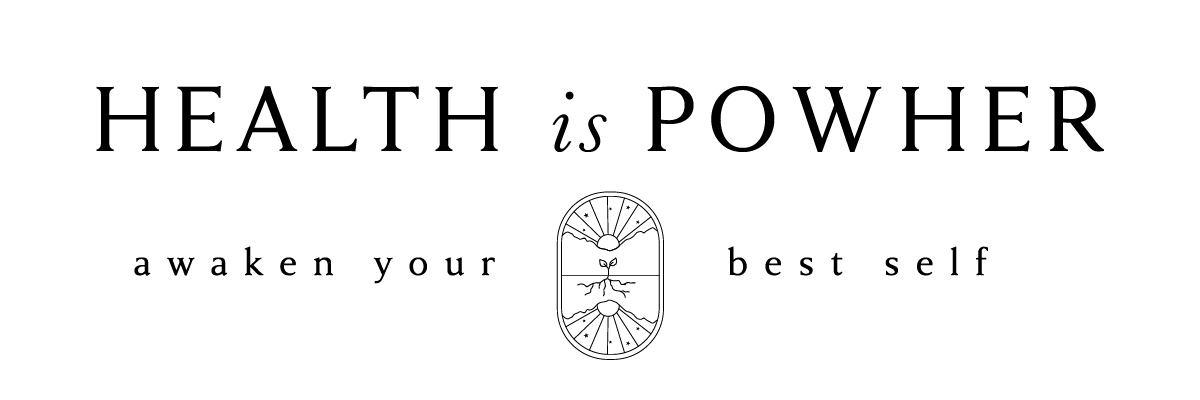Light Therapy to Restore Your Circadian Rhythm and Immune System
Health Is PowHer Podcast Episode 55
With Dr. Anna Esparham, MD
So I know I’ve discussed the importance of deep sleep and its relationship to the immune system, but there’s some interesting new data on the horizon that a healthy circadian rhythm along with light therapy can help modulate the immune system.
Obviously, the most common circadian rhythm disorders occur when the body’s internal clock is out of step with environmental cues (light/night cycle) and this leads to problems with our sleep/wake cycle.
Think about issues with falling asleep within a decent amount of time - taking forever to fall asleep (delayed sleep phase), or even advanced sleep phase disorder (going to sleep much earlier than normal and waking up earlier as well), jet lag, disrupted sleep-wake cycle, and jet lag.
But there also is a key component of our circadian rhythm that regulates our immune system - all something we want to focus more on.
https://healthispowher.libsyn.com/55-light-therapy-for-circadian-rhythm-and-immune-system
Research is now discovering that the immune system is divided into two different states: one of repair and regeneration during a part of sleep and one where it is prepared to monitor and attack to protect the body when awake. The body’s clock system is essentially “mission control” to organize the immune cells based on our daily rhythms, especially the circadian rhythm - flowing based on our sleep/wake cycle.
Light therapy has typically been studied for depression, seasonal affective disorder, Alzheimer’s in addition to the sleep-wake cycle disturbances that we experience, especially me during daylight savings (the shift can mess up my sleep until about mid-summer).
Most of the studies done evaluated light therapy at about 500 lux during task specific activities, like working, from between 8-11 am or 9 to noon. Most would recommend just being consistent and to follow the natural daylight progression which is typically less light after noon to avoid messing up your melatonin production with too much light in the late afternoon/early evening.
Sunshine is obviously the best and most powerful light therapy you could use, but not everyone lives in Arizona or below the equator, so most people use light boxes. These come in a variety of sizes - bigger generally provides more field of light and range. And it can be uncomfortable to have a light up close for your eyes, so typically you’d want it about 2 feet away from you.
Usually, it is recommended to start with a 10,000 lux white broad spectrum light box, b/c you’ll get about 3000 lux maybe depending on how close you are to the light box. I would always get a device that has a UV filter as light therapy can be super harmful to your skin/eyes if UV light is not filtered.
Being consistent with it every day is more important than how long to use the light box for, but starting at 30-60 minutes is a general goal and would avoid use in the afternoon/early evening as that’s when the natural sunlight goes down and that’s when you need more darkness to produce melatonin (to actually fall asleep on time!!).
Do not stare directly at the box as bright light can hurt the eyes, and if an individual has any moderate-severe eye disease or very bad light sensitivity (like during a migraine, for example), would be best to avoid light therapy. Side effects are fairly mild including eye irritation, nausea, headache, dizziness, agitation, anxiety/nervousness, and for people with bipolar disorder, they need to discuss with their psychiatrist before using light therapy because there has been some association with exacerbation of their symptoms.

